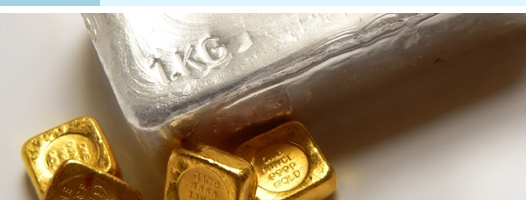
Seolfor in old Anglo Saxon. The metal with the highest thermal and electrical conductivity of all, not to mention being the most reflective of metals, silver is a special material in many different ways.
Our word for silver comes from the Germanic roots of many older English words. The name silver is thought to be based upon the colour of the river Lycia, in modern day Turkey.
A clue to just how long man's relationship with silver stretches back in time is the similarity of the noun in so many different ancient Indo/European language groups, where the word 'Arg', means 'White or To Shine'.
Greek = Argos
Latin = Argentum
Celtic = Argent
Sanskrit = Arjuna
Although no-one is quite sure when silver was first recognized and made, Archaeologists have found the remains of silver smelting operations dating earlier that 4000 BC. In fact until 1400 A.D., there were only seven metals known to man. These metals are known collectively as the 'Seven Metals Of Antiquity': Gold, Silver, Copper, Iron, Tin, Lead and Mercury (Mercury was thought to be a type of Silver, its Greek name: 'Hydrargyrum', meaning Watery Silver, later evolved into the English 'Quick Silver').
Unlike gold, copper (and occasionally meteoritic iron) which ancient man found as natural nuggets virtually ready to use, in nature silver very rarely occurs in its pure metallic state. Silver had to be discovered and extracted from ores and this probably happened when heating copper deposits. Even today, most silver is a produced as a fractional by product of smelting of other metals such as lead - where for each ton of lead, a few ounces of silver are generated. So why go to so much trouble for a metal that whilst attractive, is only slightly harder than gold?

Attractive though it is, why did our ancestors put so much effort into obtaining silver? Although it was an impractical metal for weapons and tools and neither as rare or as workable as gold, at various stages in history silver has been counted as considerably more precious of the two metals. Demand for silver has always been very high.
Bronze (an alloy of Copper and Tin) was harder wearing and easier to make. The Greeks ploughed with bronze plough shears and stormed Troy with bronze swords. Bronze ingots were traded over thousands of miles. Like us they had a form of bronze/copper coinage as the basis of currency. And just like us, ancient Greek children made the once only error of putting copper coins into their mouth. Yeuch! Small wonder that silver cups, silver plates and silver spoons were such sought after status symbols. Gold was too soft, too heavy and simply too rare. Wood and horn? Well, a bit barbarian if you had aspirations as a civilisation. But for over 6,000 years silver was the wonder metal of mankind for domestic and jewellery use (even 9ct gold contains more silver than actual gold). Silver was the stainless steel of its age.
Silver is malleable and ductile. It is one of the few metals which can be beaten into delicate thin sheets of leaf or pulled to make a strong wire. Hence its appeal to makers of jewellery.
It is the whitest and most reflective of metals. Without silver, mirrors (that most human of objects) would not have existed as we know them until quite recently.
Silver has long been used in medicine for its natural bactericidal properties. Another useful property in jewellery.
The % of silver which isn't silver is normally copper or nickel. Some new alloys of silver contain trace amounts of Germanium which (almost) stop the silver from tarnishing.





